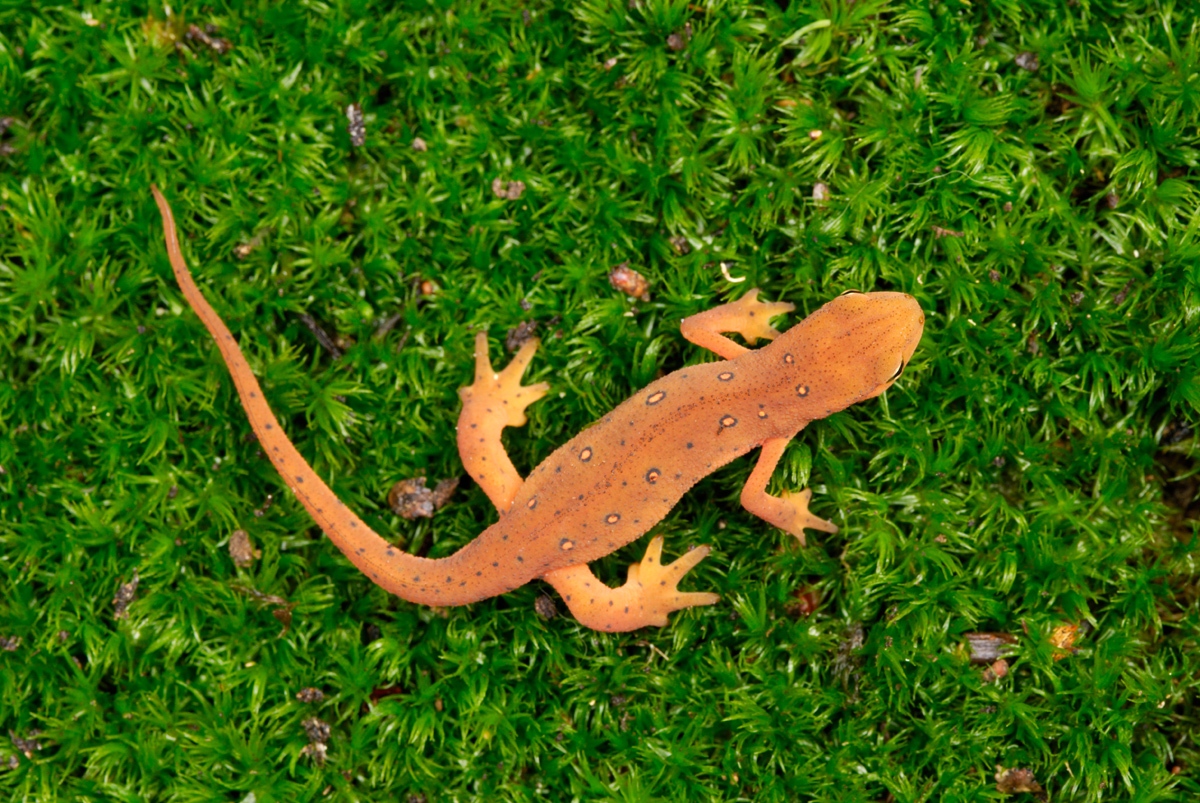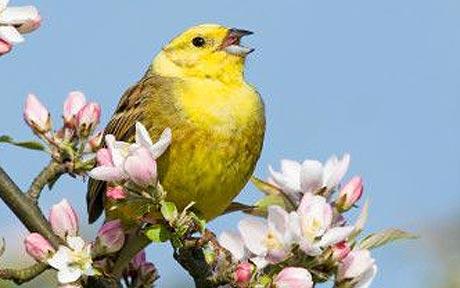
Giant Squid
The giant squid is one of Nature’s most elusive animals. In fact, the first video of the animal in it’s natural habitat was only captured this January. Now a new study of the DNA in squids from around the world shows that they are all the same species. The study appears in PNAS. It looks at the DNA from dead squid that had washed ashore around the world and compared the sequences. It turns out that they are all eerily similar. The species has very little genetic diversity. From Scientific American:
When the researchers looked closely at the mitochondrial DNA of the creatures, they noticed something remarkable. Irrespective of where they came from — be it be it California, Japan, South Africa, New Zealand or somewhere else — the squid were genetically very similar.
In fact, the diversity of Architeuthis is lower than that for any other marine animal, except one — the basking shark Cetorhinus maximus, whose current population is thought to have rebounded from a small number of individuals. At first, says Thomas Gilbert, a geneticist at the University of Copenhagen and an author of the study, “When we found that the global genetic diversity of the giant squid was this low, we figured we had made an error.” But then the team checked their numbers again and saw that they were correct.
The findings not only make it clear that all giant squid around the world are the same species, but they also hint that, like the basking shark, the animals came close to extinction at some point in the not too distant past. The results are published inProceedings of the Royal Society B.

